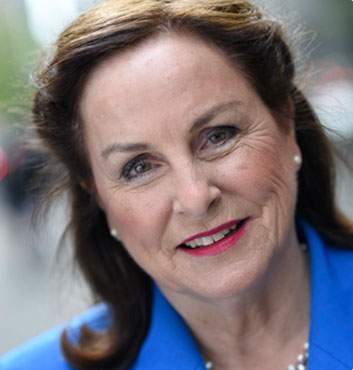How To Help Your Addicted Child and Yourself!
The Root of Addiction Is In the Brain
When you find something pleasurable such as food, sex, a hobby, you brain releases dopamine, but because your brain has an inhibitory neuro-transmitter, that other nerve cells release, it works to prevent the receptor nerve from being overstimulated.
However, if you are a substance abuser with continuous use, your brain gets flooded with dopamine. It confuses the natural braking system in the brain and disrupts the normal balance of the brain circuits that control rewards, memory and cognition. The brain has been “hijacked” by the excessive dopamine and substances has become a physical coping mechanism because you now have substance dependence. The user becomes obsessed with increased use of the drug and may have delusional thinking and irrational behavior. The user needs to detox safely, particularly with alcohol so he doesn’t have seizures.
The Environment: It’s Where You Can Help
There is no addiction gene. While genes may predispose family members to substance abuse, the ENVIRONMENT also comes into play. For example, teens are more focused on rewards, according to Jessica Lahey, author of The Addiction Inoculation (Harper Collins: 2021). They are sensitive to negative environmental influences such as stress, trauma, social rejection and sleep deprivation.
A kid who has academic problems such as dyslexia or ADHD is at higher risk for substance abuse. The earlier he starts with substance abuse, the longer it takes his brain to return to normal. Researchers think 90 days in general is the time it takes the brain to return to normal.
You Can’t “Fix” the Abuser, but You Can Control Your House!
During those 90 days, the abuser is extremely vulnerable to relapse and should, as AA states, change “people, places and things.” What can the parent do? He can control the environment at home.
If your child is in denial about using substances, you may be able to have him talk to a mental health provider, especially one who specializes in addiction. The therapist will know if your son is trying to be manipulative. Who knows? Maybe the therapist can build trust and the addict will figure out why he is numbing himself. Have him go alone to the therapist. The therapist should put in place a sobriety plan for you: local 12-Step plans, Out-patient, transitional or sober living, and assisted medication.
Don’t let your friends tell you to let your child hit rock bottom! He could die! And don’t let them call you an
“enabler.” An enabler would bail him out of traffic jams, set your alarm clock so the child isn’t late for his probation hearing. If you do everything for your child, why should he change his behavior? He won’t take responsibility for his actions.
Mindfulness for The Here and Now
You may need a therapist of your own to break old patterns! Alanon for families of those afflicted can give you and your user’s siblings suggestions. They have “been there.”
If you need help communicating with your child, you can get some tips from The Centers for Motivation and Change as well as CRAFT (Community Reinforcement & Family Training)that will teach you how to be a good listener as well as a motivator regardless of whether your substance abuser is with you.
Your child should know the new rules of the house under YOUR roof. Make the consequences enforceable and proportionate to the behavior! Maybe a contract stating the rules of the house, drug tests, etc. and the outcome if the child doesn’t obey would be useful.
Rid your medicine cabinet of expired drugs and hide alcohol, particularly in the early days of recovery. Model good behavior by not drinking.
Do not gloat on the past, but move forward! During this Alcohol Awareness Month, April, as always, you can find sources at the Centers for Disease Control and Drug Addiction (CDC), and National Institute on Alcohol Abuse and Alcoholism.

Wesley Cullen Davidson
Wesley Cullen Davidson is an award-winning freelance writer and journalist specializing in parenting. Currently, she is targeting her writing about recovery to parents whose children have substance abuse disorders.